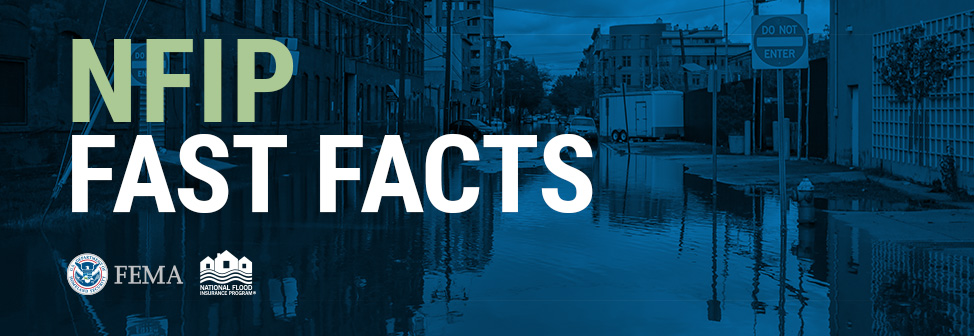
Lessons Learned From 2021’s Hurricane Season
Did you know that last year’s Atlantic hurricane season was the third most active and the fourth costliest on record? This year’s hurricane season is poised to be just as, if not more, active and destructive. Use these fast facts to warn members of your community about their flood risk and encourage them to purchase flood insurance today.
Looking Back on the 2021 Season
- Fact: 2021′s Atlantic Hurricane Season featured 21 named storms. Eleven were hurricanes, four of which were rated Category 3 and higher.
- Fact: Six tropical storms and two hurricanes made landfall in the United States.
- Fact: Between the 2020 and 2021 Atlantic seasons, a record 18 named storms made landfall along U.S. shores.
- Fact: 2021 was the seventh consecutive year a named storm formed prior to the official start of hurricane season on June 1.
- Fact: Last year was the sixth consecutive year with above-average Atlantic hurricane activity. 2022 is expected to be the seventh consecutive year with above average storms throughout hurricane season.
- Fact: 2021 was the first time the World Meteorological Organization’s list of 21 storm names was exhausted two years in a row and only the third time in its 68-year history that all names were used.
How Much Did It Cost?
- Fact: The 2021 Hurricane Season produced an estimated 78.5 billion dollars of damage. This ranks 4th on the list of costliest hurricane seasons.
- Fact: The costliest 2021 hurricane was Hurricane Ida that made landfall in Louisiana and caused approximately $75 billion in damage, making it the 5th costliest hurricane since 2000.
- Fact: While Ida was the most costly, Hurricane Elsa, Tropical Storm Fred, and Hurricane Nicholas each caused $1 billion or more in damage
What's Ahead?
Bonus Fact: According to the National Oceanic and Atmospheric Administration's Climate Prediction Center, the 2022 Atlantic hurricane season could spawn as many as 21 named storms. This would be the United States’ seventh consecutive Atlantic hurricane season that is “above normal,” with an average season generating 12 tropical storms.
What To Say To Potential Clients
- Inform. Use these facts to inform potential clients about their risk during Hurricane Season. Let them know the potential damage a hurricane could cause to their property and to their financial future.
- Reassure. Let potential clients know that while they can’t control what the weather may bring, they can prepare for it. Remind them that purchasing flood insurance is the best way to ensure coverage in the event of a hurricane or other flood event.
- Prepare. Tell potential clients that the National Flood Insurance Program acts as a partner before, during, and after a flood. Let them know the NFIP will reimburse policyholders up to $1,000 for loss avoidance items like sandbags, lumber, and water pumps.
- Don’t wait. Emphasize the typical flood insurance policy takes 30 days to go into effect. With hurricane season underway, they won’t want to wait to secure coverage.
Use these lessons learned to support your community ahead of hurricane season. Remind them the best way to ensure protection is to purchase a flood insurance policy today.
For more free marketing resources visit agents.floodsmart.gov/marketing/.


